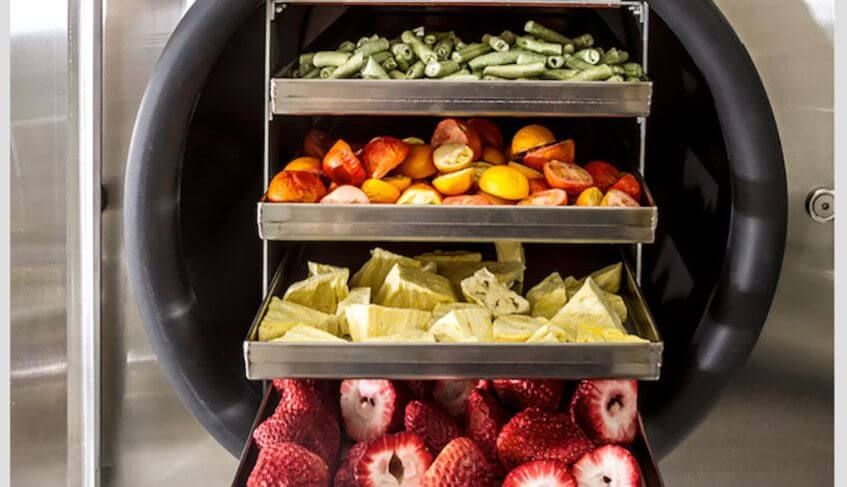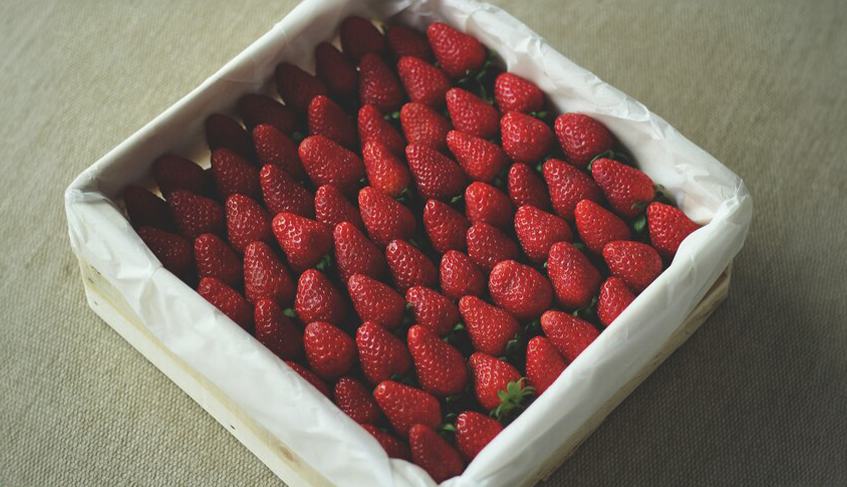What is Freeze Dry?
Freeze dry, known as lyophilization or freeze drying, is a fruit drying method that we have heard frequently recently. Freeze dry, which is mentioned with dried fruits, which is an important part of healthy life today, is actually a technology developed in the early 1900s and has made different contributions to many different sectors. This drying method, which affects food technology the most because it offers important solutions to the food industry and is healthy, is used in the foods we consume in our daily lives. Among the foods produced using the freeze dry method in our daily life, we can count instant coffees, milk powders we use to sweeten our coffees, and dried fruits added to add flavor to the cereals we use for breakfast.
History Of Freeze Dry Technology
The Freeze dry method was first developed in the 1900s and has come to this day by making improvements day by day. The variety of usage areas has increased. The first freeze-drying device was developed by Benedict & Manning in 1905. This device, which was produced from a chemical pump, became the subject of improvements in the 1930s, approximately 15 years after it started to be operated. Pharmaceutical and biotechnology companies have studied and developed this device. Thus, freeze dry has advanced technologically and has shown itself in different sectors. The awareness of the freeze dry method, which makes our lives healthy, started in 1938 with its use in coffee stocks in Brazil. Brazilian coffee companies have resorted to this technology when looking for ways to increase their coffee stocks. In this way, coffee was the first food to be freeze-dried.
Stages Of The Freeze Dry Method
The freeze drying method consists of three stages. First, the products are frozen. When the products meet the appropriate preparation conditions, they are frozen until they take a crystalline form. The products that reach the desired form are transferred to the primary drying stage called sublimation. This drying process reduces the water content of the product by approximately 90-95%. After this process, in order to reduce the remaining water in the product thoroughly, a secondary drying process called desorption is started. Thus, the drying process is completed by removing the water contained in the products.
Benefits Of Freeze Dry Technology
The chemical and physical structure of the products dried with the steps we have described above are almost completely preserved. This is a very important point for the food industry and the freeze dry method is therefore beneficial for the food industry. It preserves approximately 97% of the nutritional values of the products dried with the Freeze dry technology, in the same way as the fresh ones. When heat treatment is applied in traditional methods, vitamins, amino acids and protein, which are the most important benefits of nutrients, are lost. Thus, foods dried by heat treatment are not healthy. Freeze-dried products are healthy and have a long shelf life.









